Fair Housing: An Educational Series
May 23, 2023 Habitat News
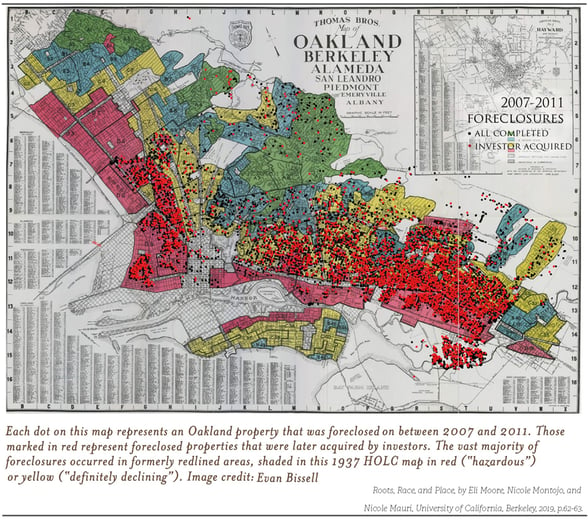
Understanding our history is a priority year-round, but at this time of year, we wanted to take a moment to do so mindfully. Each April, we mark Fair Housing Month, commemorating the 1968 passage of the Fair Housing Act. In May, we celebrate Affordable Housing Month, during which we raise awareness and galvanize action around affordable housing issues.
We invite you to read, learn, and reflect with us, and join us in committing to building a more equitable housing future.
|
Fair Housing: Looking Back to Build Forward This substantive overview examines the history of fair housing in Habitat for Humanity East Bay/Silicon Valley's three-county service area of Alameda, Contra Costa, and Santa Clara counties. Read on for an in-depth look at policies and tactics that contributed to profoundly unfair housing whose ramifications persist today. |
|
|
Richmond: Wartime Work and Unfair Housing Next, we visit the city of Richmond (and neighboring North Richmond) at a point in its history when its demographics shifted dramatically: the onset of World War II. In this spotlight, we examine how early housing segregation set up a legacy of injustice we are still working to remedy. |
|
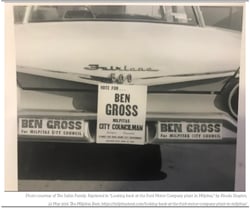 |
Milpitas: A Study in Systemic Exclusion The series continues with a review of postwar Milpitas, where a protracted fight for housing integration yielded a limited victory – and a valuable lesson in the importance of the Fair Housing Act, and the means by which it might be subverted. |
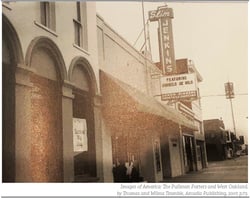 |
West Oakland: Mapped by Destruction We end our series in West Oakland. This historic Black neighborhood was booming and engaged in wartime, but the decades following the war saw the decimation of the neighborhood's housing stock and a thriving cultural and commercial center. |
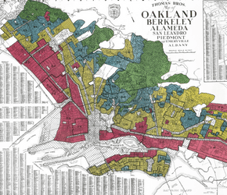
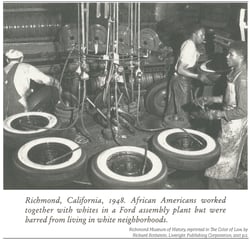
Join the Conversation
Leave Us a Comment!
We love hearing from our community. Let us know what you think by leaving us a comment below.